We had 35 people turn out for this last joint WPMC-ALT walk of the year. This was strictly a survey with no collecting for food. We mostly found fungi growing on wood with very little directly on the ground. The weather had a slight chill, but I had to remove my jacket during identification.
The instructions on the web site were wrong, so a few people went to the wrong side of the park. Richard Jacob picked up a couple. Identifier Sarah Banach was among the misdirected who eventually found us. She helped Richard and La Monte with identification.
Richard has been doing his homework, which includes microscopy and DNA barcoding, and tells us that the small orange eyelash cup we find is actually Scutellinia subhirtella, not S. setosa that we’ve been calling it for years.
The Stemonits splendens had lost enough spores that we could tell under a hand lens that the columnella did not extend all the way to the end of the sporangium. This allowed us to get a positive ID without microscopy.
Species list entered by La Monte H.P. Yarroll.
List of species found on the walk at Dead Man’s Hollow:
[icon style=”camera”] Arcyria denudata (Pink Carnival Candy Slime),
[icon style=”camera”] Armillaria gallica (Honey Mushroom),
[icon style=”camera”] Coprinus lagopides (),
[icon style=”camera”] Daedaleopsis confragosa (Thin-maze Flat Polypore),
[icon style=”camera”] Daldinia concentrica (Carbon Balls),
[icon style=”camera”] Datronia mollis (),
[icon style=”camera”] Diatrype stigma (),
[icon style=”camera”] Ganoderma lobatum (Soft Artist’s Conk),
[icon style=”camera”] Gloeoporus dichrous (),
[icon style=”camera”] Grifola frondosa (Hen of the Woods / Sheep Head),
[icon style=”camera”] Hapalopilus nidulans (Tender Nesting Polypore),
[icon style=”camera”] Hypoxylon multiforme (),
[icon style=”camera”] Irpex lacteus (Milk-white Toothed-Polypore),
[icon style=”camera”] Laetiporus sulphureus (Chicken Mushroom; Sulphur Shelf),
[icon style=”camera”] Lentinellus ursinus (),
[icon style=”camera”] Lenzites betulina (Multicolor Gill Polypore),
[icon style=”camera”] Multiclavula mucida (),
[icon style=”camera”] Neofavolus alveolaris (Hexagonal-pored Polypore),
[icon style=”camera”] Panellus stipticus (Luminescent Panellus, bitter oyster),
[icon style=”camera”] Phellinus gilvus (Mustard Yellow polypore),
[icon style=”camera”] Pleurotus ostreatus (Oyster Mushroom),
[icon style=”camera”] Pluteus cervinus (Deer mushroom),
[icon style=”camera”] Pycnoporus cinnabarinus (Cinnabar Red Polypore),
[icon style=”camera”] Scleroderma citrinum (Pigskin Poison Puffball),
[icon style=”camera”] Scutellinia scutellata (Reddish Eyelash Cup),
[icon style=”camera”] Scutellinia subhirtella (Orange Eyelash Cup),
[icon style=”camera”] Serpula lacrimans (Dry rot),
[icon style=”camera”] Stemonitis splendens (Chocolate Tube Slime),
[icon style=”camera”] Stereum complicatum (Crowded Parchment),
[icon style=”camera”] Stereum ostrea (False Turkey-tail),
[icon style=”camera”] Trametes gibbosa (Lumpy bracket),
[icon style=”camera”] Trametes hirsuta (),
[icon style=”camera”] Trametes versicolor (Turkey-tail),
[icon style=”camera”] Trichaptum biforme (Violet Toothed-Polypore),
[icon style=”camera”] Trichia favoginea (),
[icon style=”camera”] Xylaria cornu-damae (),
[icon style=”camera”] Xylaria cubensis (),
[icon style=”camera”] Xylaria polymorpha (Dead Man’s Fingers),
[icon style=”camera”] Xylobolus frustulatus (Ceramic Parchment)
Species not currently on clubs life list:
Lepiota sp. (Cap 10cm edge to edge, gills white free close, no annulus, base of stalk missing, on wood)
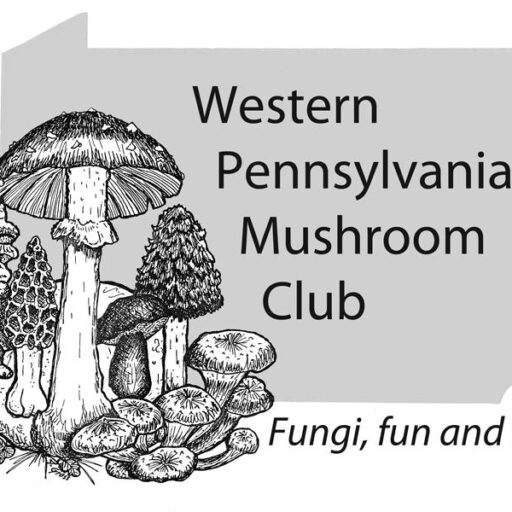
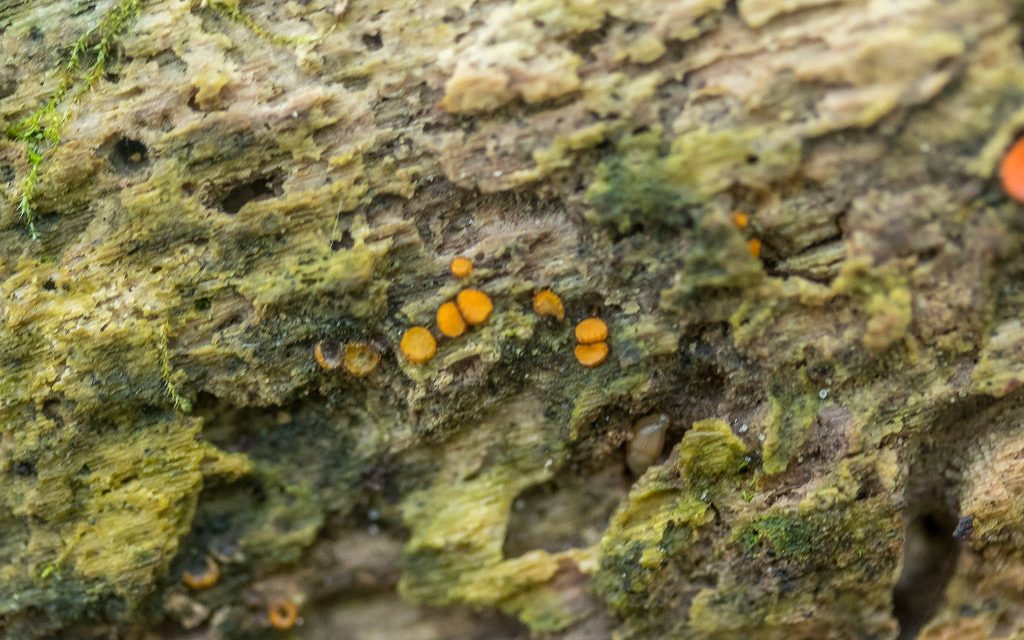





















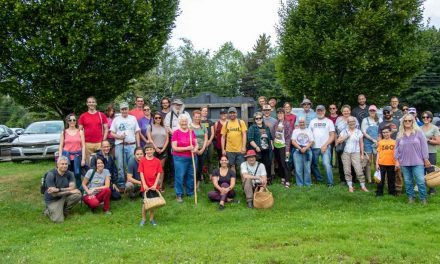
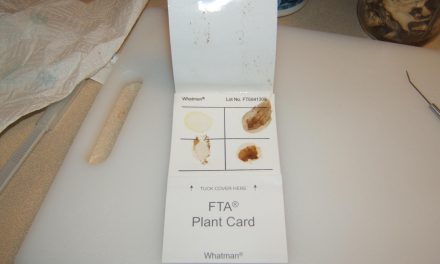
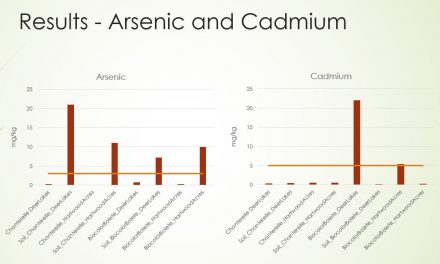
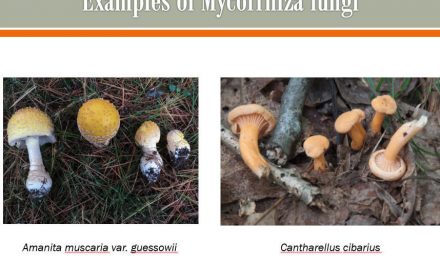

Hi all, I just want to ask if someone ever tried using shrooms or truffles for medical purposes? I was reading some articles about this magic truffles and shrooms before engaging my self for the first time. Like this one from:https://www.trufflemagic.com/blog/psilocybe-serbica/ .They say that it has a very potent effect on the brain and hallucination. Unlike marijuana does it have any medical use? In one article that I’ve read magic truffles or shrooms compaired to synthetic drugs are very alarming. Also magic mushroom are use on reducing the symptoms of obsessive-compulsive disorder and anxiety. It can also help people to quit smoking and alcohol addiction. Some studies also suggest the property of magic shrooms/truffles can be useful for cancer patients. I would really want to hear other insights regarding this new possible alternative meds. Thanks
Psilocybin, the active compound in “magic mushrooms”, has been shown to have medical uses in the treatment of psychiatric conditions such as anxiety, depression, and substance abuse. A review of recent studies was published early this year. Sorry, I don’t have access to the full text of the review. However, eating magic truffles or shrooms recreationally is not the same as undergoing therapeutic treatment with a trained psychotherapist in a controlled environment. The current studies have been small but the results have been promising – more work needs to be done. Psilocybin is still listed as a schedule I drug with no currently accepted medical use and a high potential for abuse. Until the FDA lowers the schedule for psilocybin academic and medical research will be limited. Look for changes to the schedule in the next few years followed by an increase in the number and size of studies.